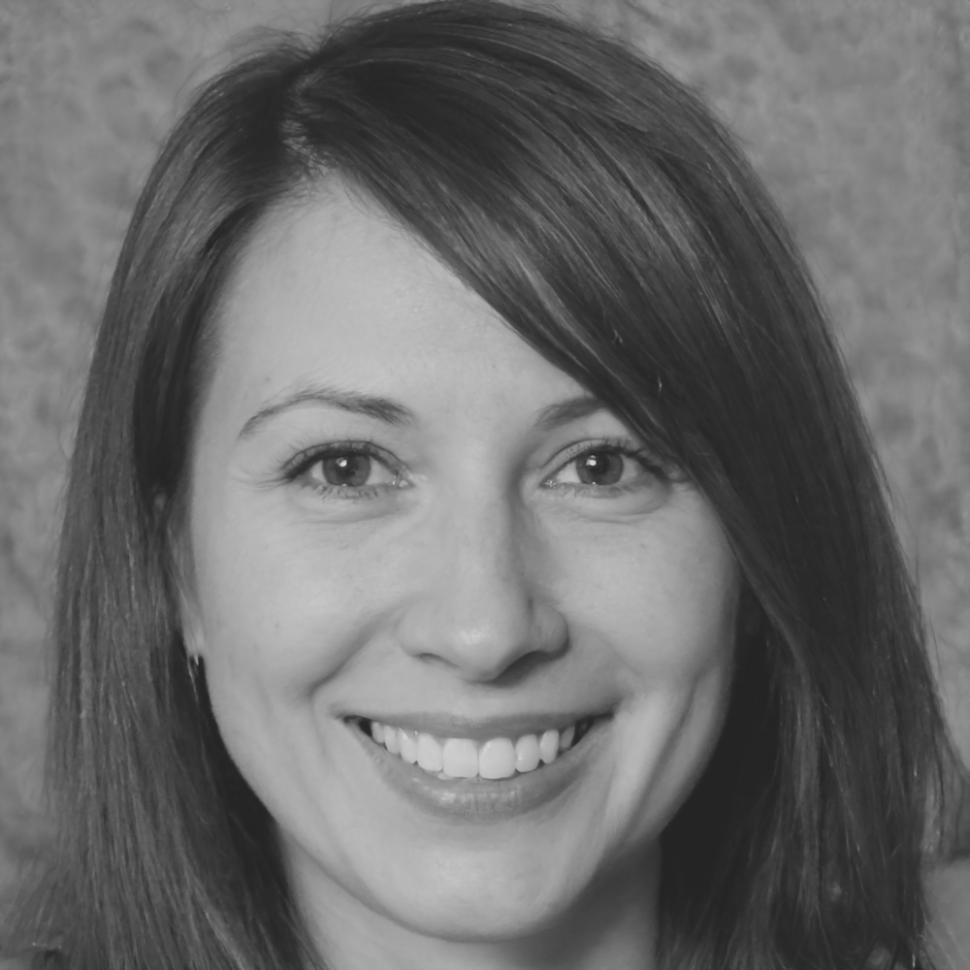Financial Modeling Training for Metro Manila Professionals
We're running a six-month intensive starting October 2025. Build spreadsheet models that actually work for forecasting, valuation, and scenario planning. Classes meet twice weekly at our Cainta facility, with flexible weekend options available.
Three Learning Tracks
Choose the program that matches where you are now. Our September 2025 cohort fills up by August, so reach out early if you're considering enrollment.
Fundamentals Track
Start here if Excel formulas feel intimidating. We cover basic financial statements, ratio analysis, and simple projection models. Most students spend evenings practicing what we cover in class.
Professional Track
For those comfortable with spreadsheets but new to modeling. We build valuation models, LBO scenarios, and merger analysis. Expect homework that takes real time — around 8 hours weekly outside class.
Advanced Specialization
Already modeling at work? This track focuses on industry-specific challenges — real estate development, manufacturing operations, or project finance. Smaller groups let us customize content.

Learn from Christine Valdez
Christine spent eleven years building models for infrastructure projects across Southeast Asia before starting to teach in 2019. She worked on toll road financings, power plant valuations, and plenty of messy turnaround situations.
What makes her teaching different? She shows you the mistakes first. That's how most of us actually learn — seeing what breaks a model helps you understand what holds it together.
Her teaching approach
- Works through real company financial statements, not textbook examples
- Expects students to explain their model logic out loud during sessions
- Available for one-on-one troubleshooting when your formulas go sideways
- Brings in former students to share how they use modeling in their current roles
What You'll Actually Build
Here's the professional track curriculum. We move through four phases over 22 weeks, with each phase building on what came before. By the end, you'll have portfolio models to show potential employers.
Financial Statement Architecture
We rebuild the three financial statements from scratch in Excel. You'll learn how income statements flow into balance sheets, how cash flow statements reconcile everything, and why the numbers have to balance to the penny.
Projection & Forecasting Methods
Time to look forward instead of backward. We build revenue models using different growth assumptions, create expense projections tied to activity drivers, and learn when to trust historical patterns versus adjusting them.
Valuation Framework Development
Now the interesting part — what's a company actually worth? We cover DCF models using weighted average cost of capital, comparable company analysis using trading multiples, and precedent transaction methods.
Complex Transaction Modeling
Final stretch covers the complicated stuff — merger models with accretion/dilution analysis, LBO models with multiple exit scenarios, and restructuring situations where companies need financial fixes.
Results from Our 2024 Graduates
We tracked down students who finished last year's program to see where they ended up. These are real outcomes from people who put in the work during training and kept building skills after graduation.
Career Movement Patterns
About two-thirds of our 2024 graduates moved into new finance-focused roles within eight months of completing the program. Most common transitions were from general accounting into FP&A positions or from operations into financial analysis.
Industry Recognition Growth
Several graduates earned modeling certifications from professional bodies after finishing our program. Three students presented financial analysis at industry conferences in early 2025, and two published case studies in local finance journals.
Model Complexity Advancement
Students typically started building three-statement models during training and progressed to full valuation work by month four. Alumni report they now handle merger analysis, project finance models, and restructuring scenarios at their organizations.
Network Development Results
The cohort model means you're learning alongside 15-20 other finance professionals. Last year's group still meets quarterly to share modeling challenges and industry developments. Many found their next positions through cohort connections.